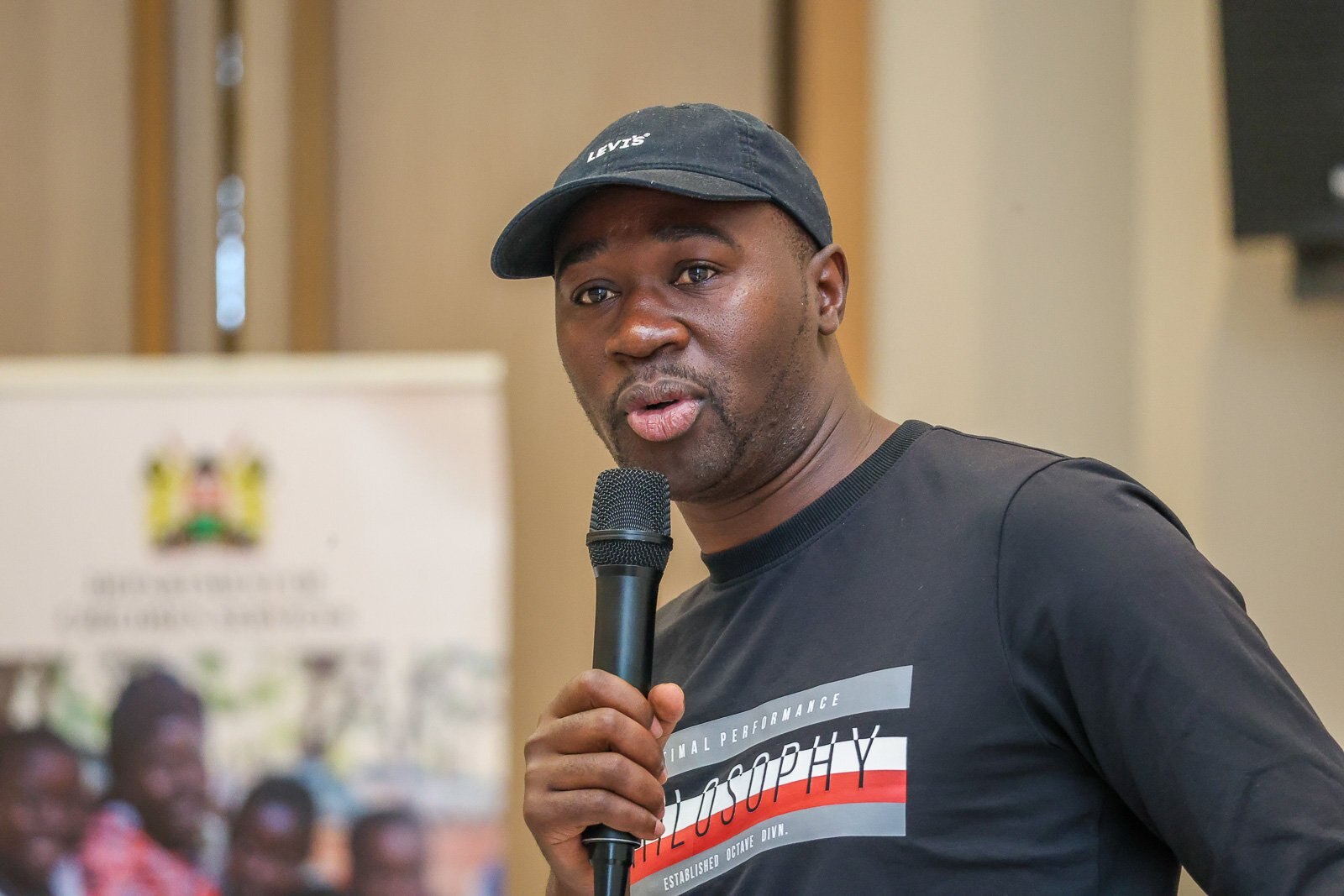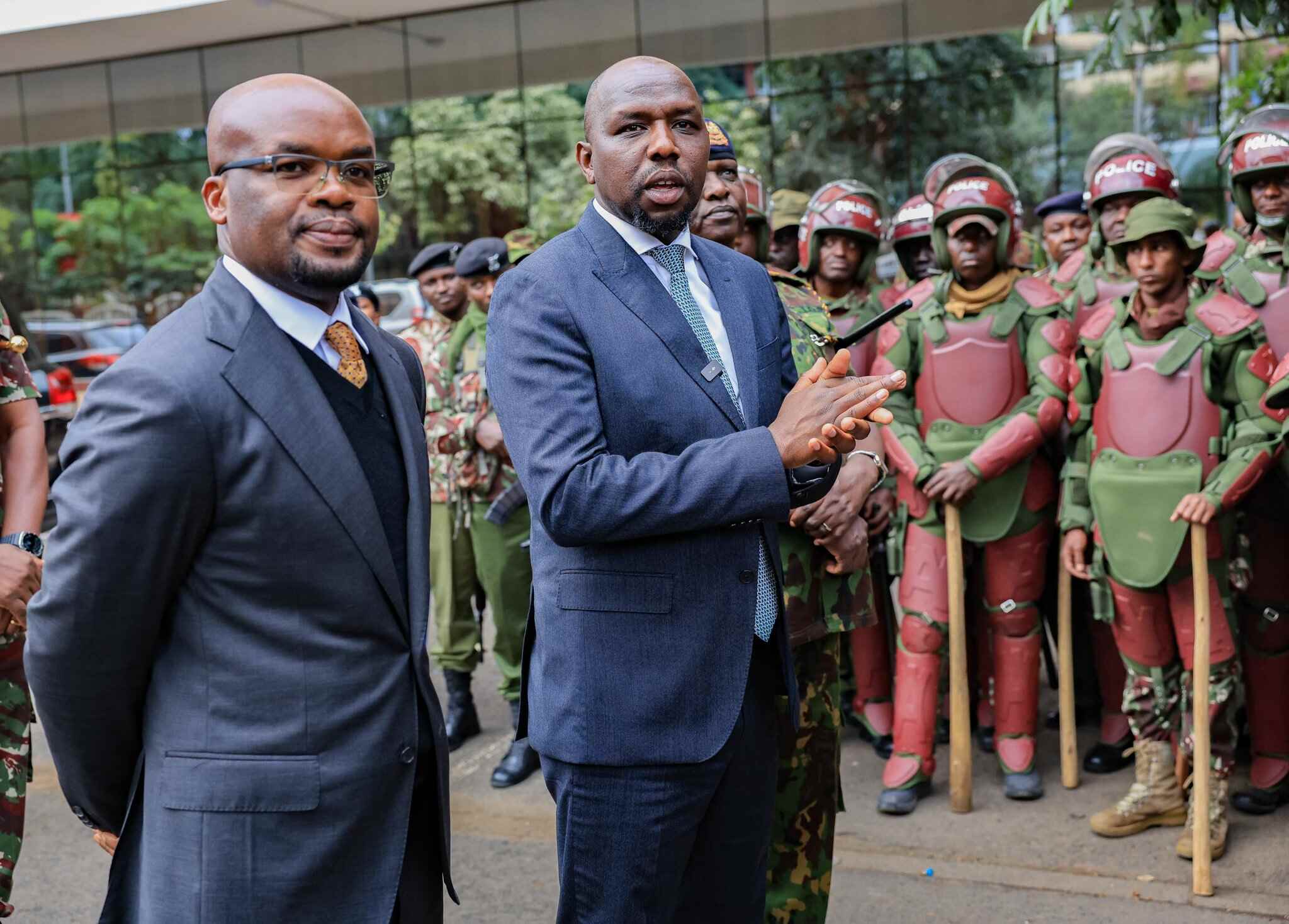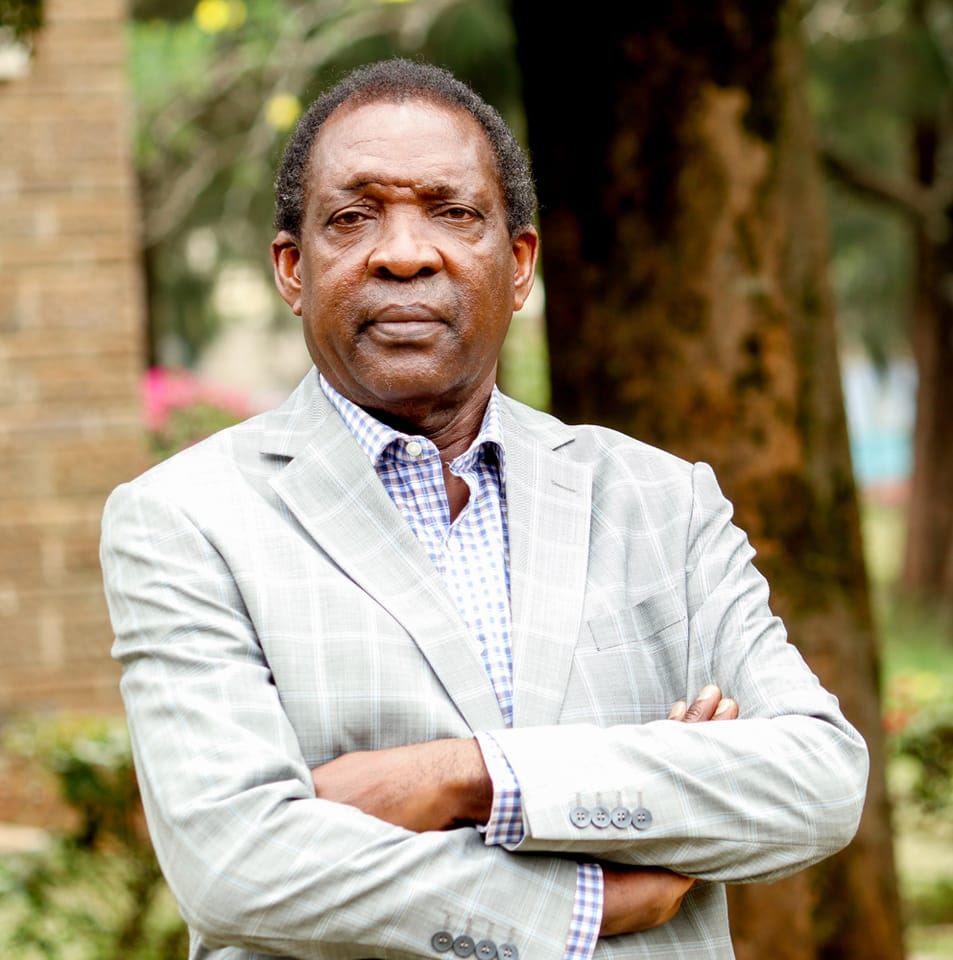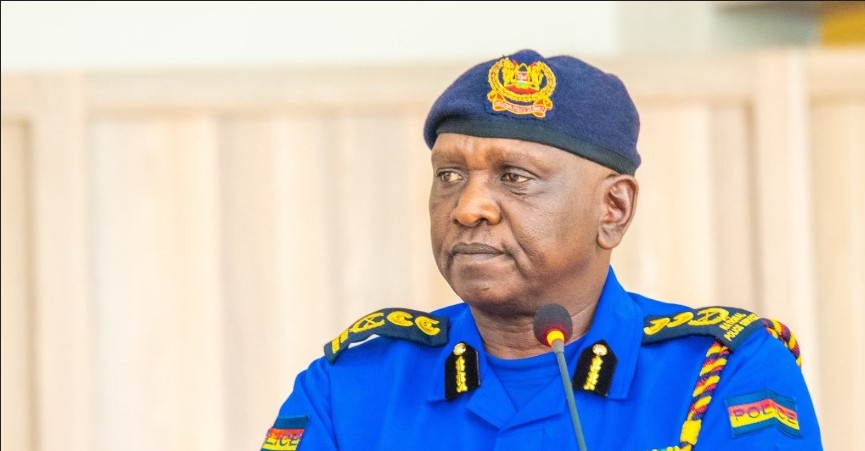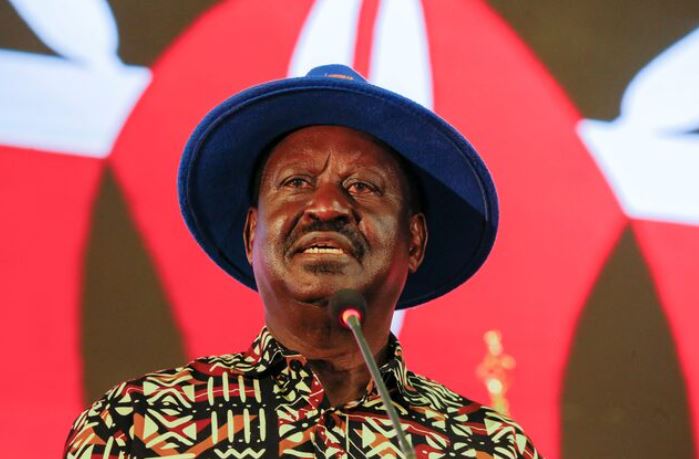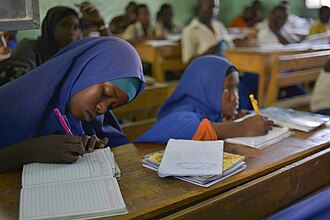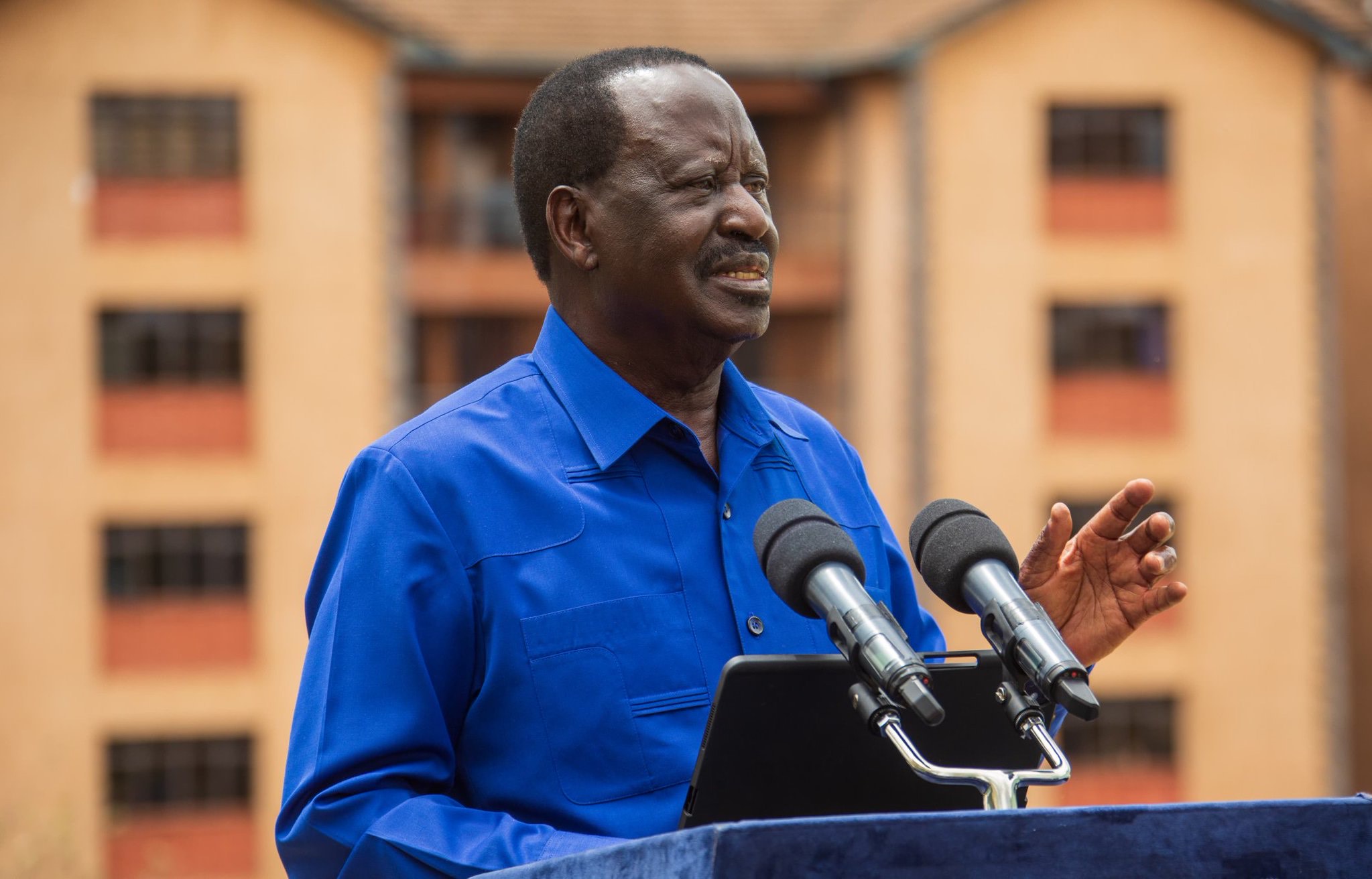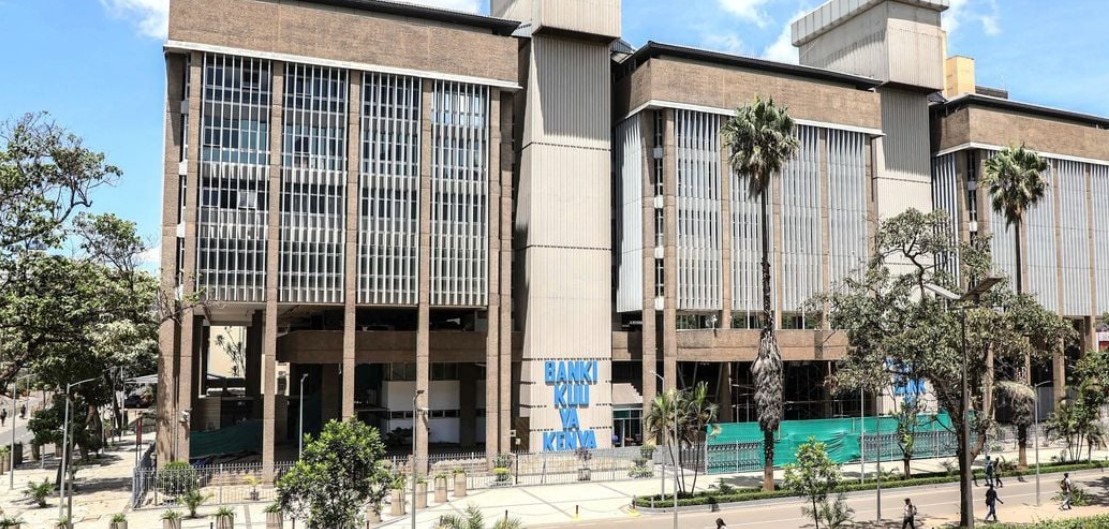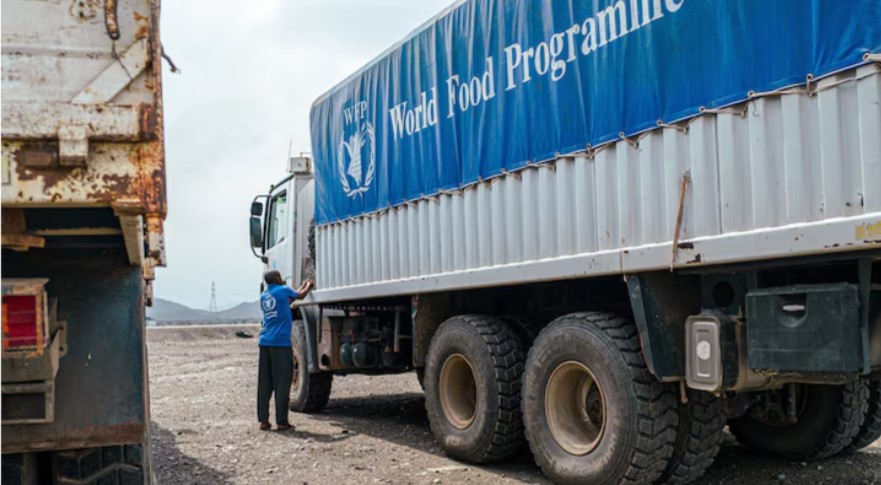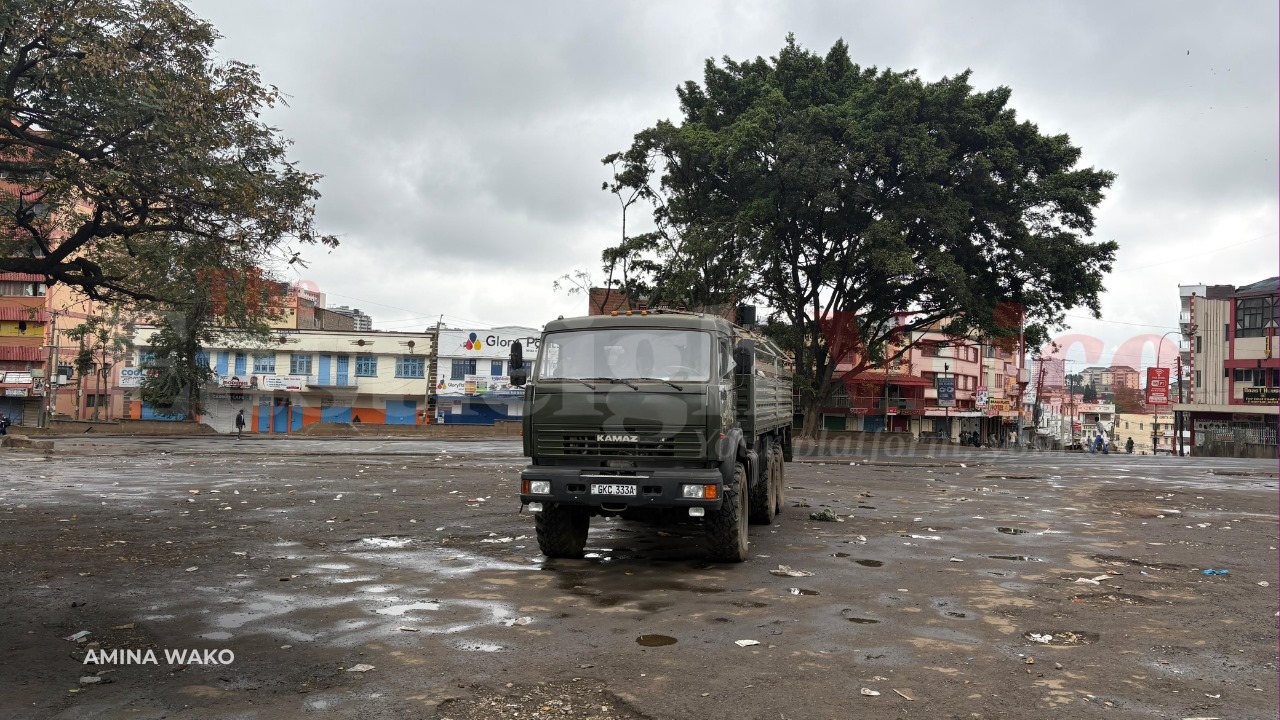Kenya-Ethiopia begin technical assessment of cross-border bridge projects
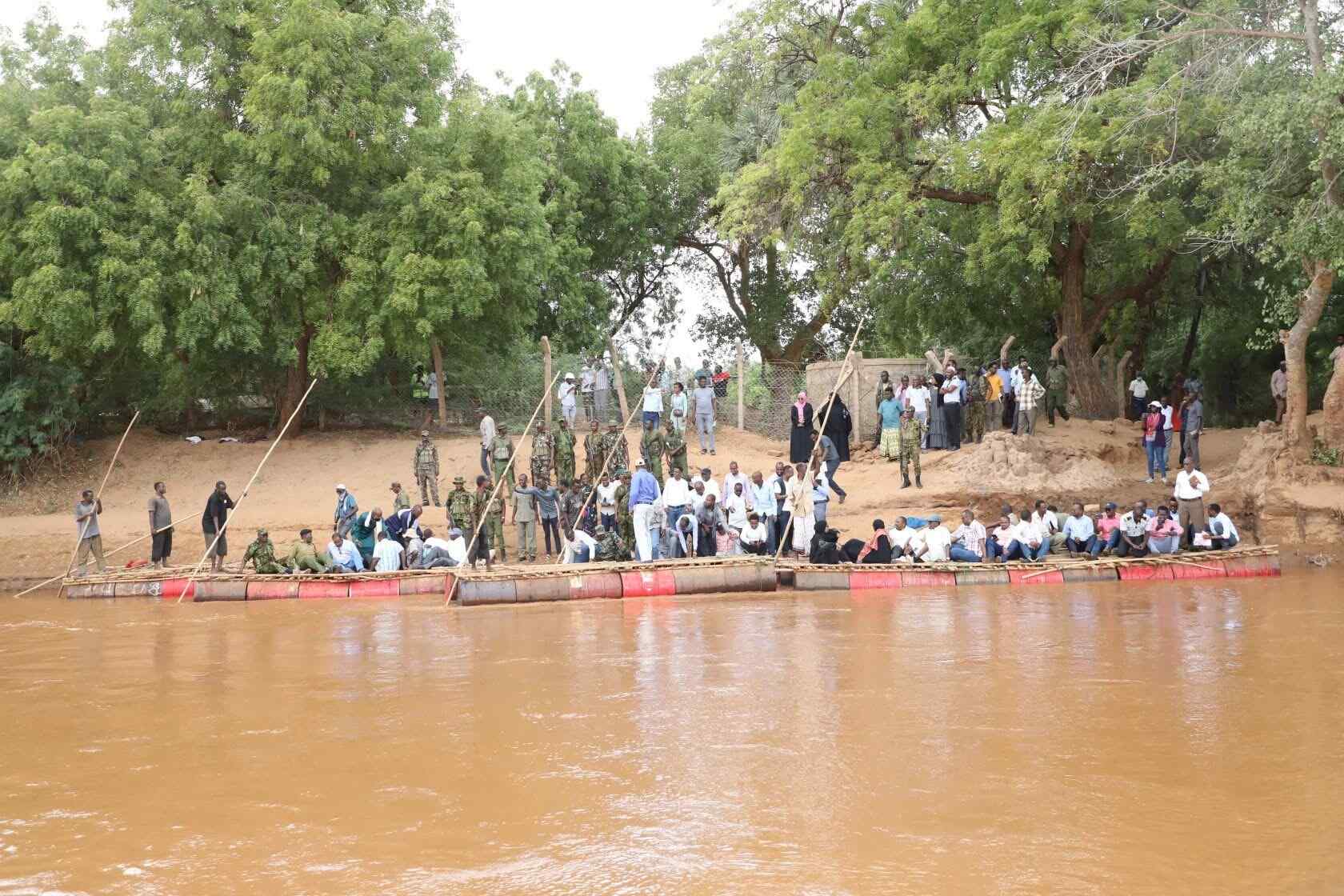
The team conducted site visits to the proposed bridges and one-stop border points locations in Mandera (Malka Suftu) and Rhamu, which are critical components of the Horn of Africa Gateway Development Project.
A joint Kenya-Ethiopia delegation has concluded a four-day technical assessment and stakeholder consultation on the proposed Suftu and Malka Ladeni bridges, which connect Mandera town to Ethiopia.
The team conducted site visits to the proposed bridges and one-stop border points in Mandera (Malka Suftu) and Rhamu, which are critical components of the Horn of Africa Gateway Development Project (HoAGDP).
More To Read
- KeRRA, KeNHA lead in Sh4.1 billion penalties over pending bills as contractors feel the pinch
- Ethiopia accuses Eritrea, TPLF faction and armed groups of plotting ‘major offensive’
- KAA urges early travel as Nairobi Marathon shuts down key routes
- Oil tanker overturns on Southern Bypass, section temporarily closed
- Ethiopian PM Abiy Ahmed pushes for sea access, avoids war - for now
- AU Peace and Security Council meets to discuss Somalia security, AUSSOM funding
According to Mandera Governor Mohamed Khalif, who hosted the delegation, the visit - a bilateral technical meeting to review site observations and agree on final locations, was a significant step towards the progress of the proposed bridge, which he said will enhance regional integration and development.
"The project implementation will enhance infrastructural connectivity and socio-economic development between Ethiopia and Kenya," said the governor.
He assured the delegation that his administration and the residents of Mandera were fully committed to providing the necessary support to accelerate the implementation of the project.
The governor, who accompanied the delegation to the neighbouring Ethiopian Suftu town, also appreciated the Intergovernmental Authority on Development (IGAD) for solidifying seamless integration and development among the member states.
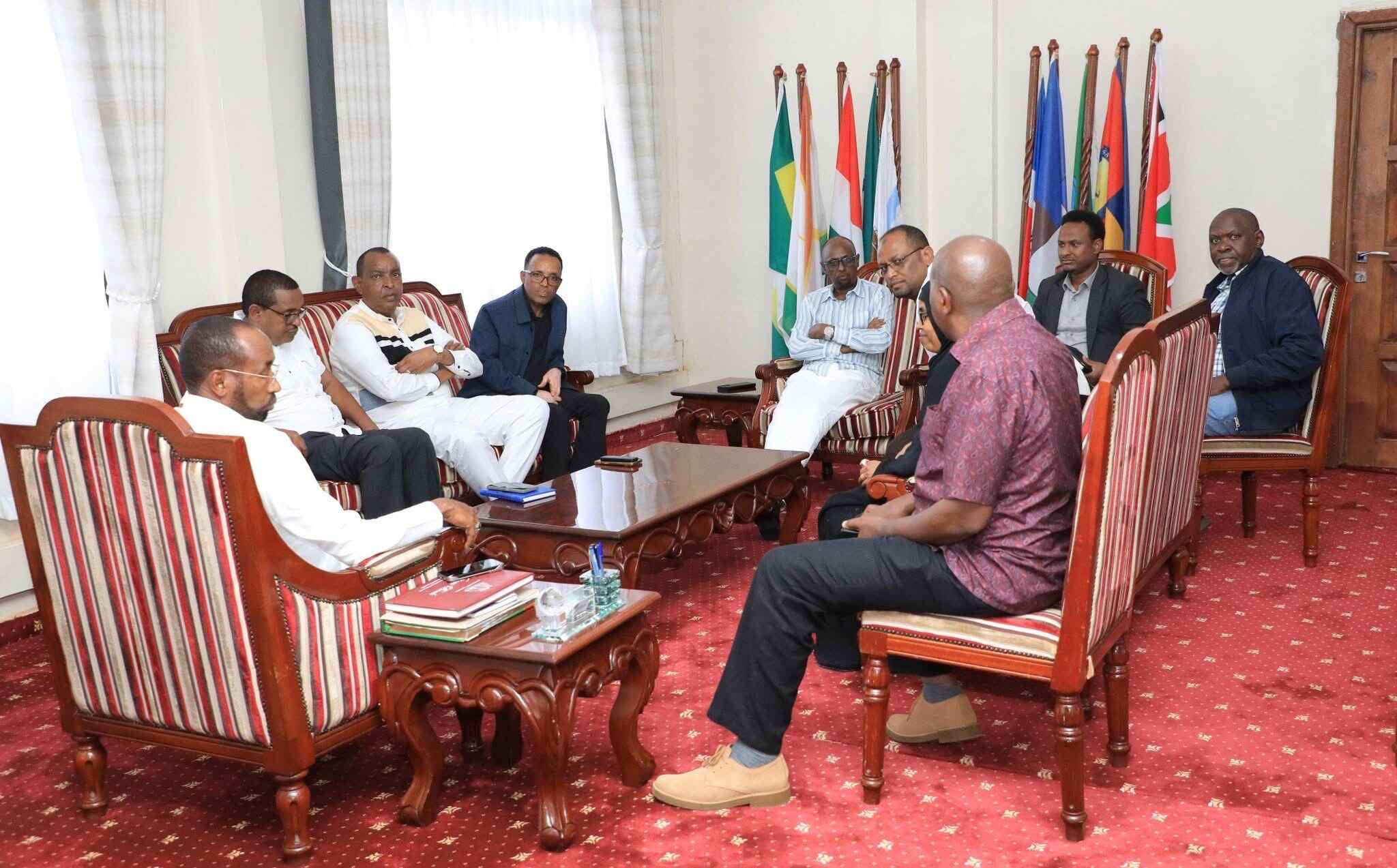 The delegation in a meeting with Mandera Governor Mohamed Khalif. (Photo: Issa Hussein)
The delegation in a meeting with Mandera Governor Mohamed Khalif. (Photo: Issa Hussein)
The Kenyan delegation, led by the IGAD head of mission to Kenya, Dr Fatuma Adan, included officials from KeNHA, Kenya Revenue Authority (KRA), Information and Communication Technology Authority, North and North Eastern Development Initiative (NEDI), Mandera County officials and the Ministry of Interior.
Their Ethiopian counterparts were led by the IGAD head of mission to Ethiopia, Abebaw Bihonegn Belachew, officials from the Ethiopia National Roads Authority, the Ethiopia Revenue Authority and representatives from the Ethiopia Somali region.
Abebaw said the joint consensus on the identification of the project site was, in itself, an achievement towards the construction of the proposed Suftu bridge.
"In two years, we expect to see the project completed and vehicles transporting people and goods. We need to get rid of these boats and rafts that endanger people's lives. It will be history that people used to move between the two countries using boats," said Abebaw.
The site visit followed bilateral engagement between the two countries, convened under the auspices of IGAD on June 5 in Addis Ababa, Ethiopia.
The meeting emphasised the critical importance of strengthening multilateral responses to cross-border connectivity challenges confronting the Horn of Africa. It was conducted within IGAD's Vision 2050 and the African Continental Free Trade Area (AfCFTA), ensuring alignment between national infrastructure priorities and regional integration objectives.
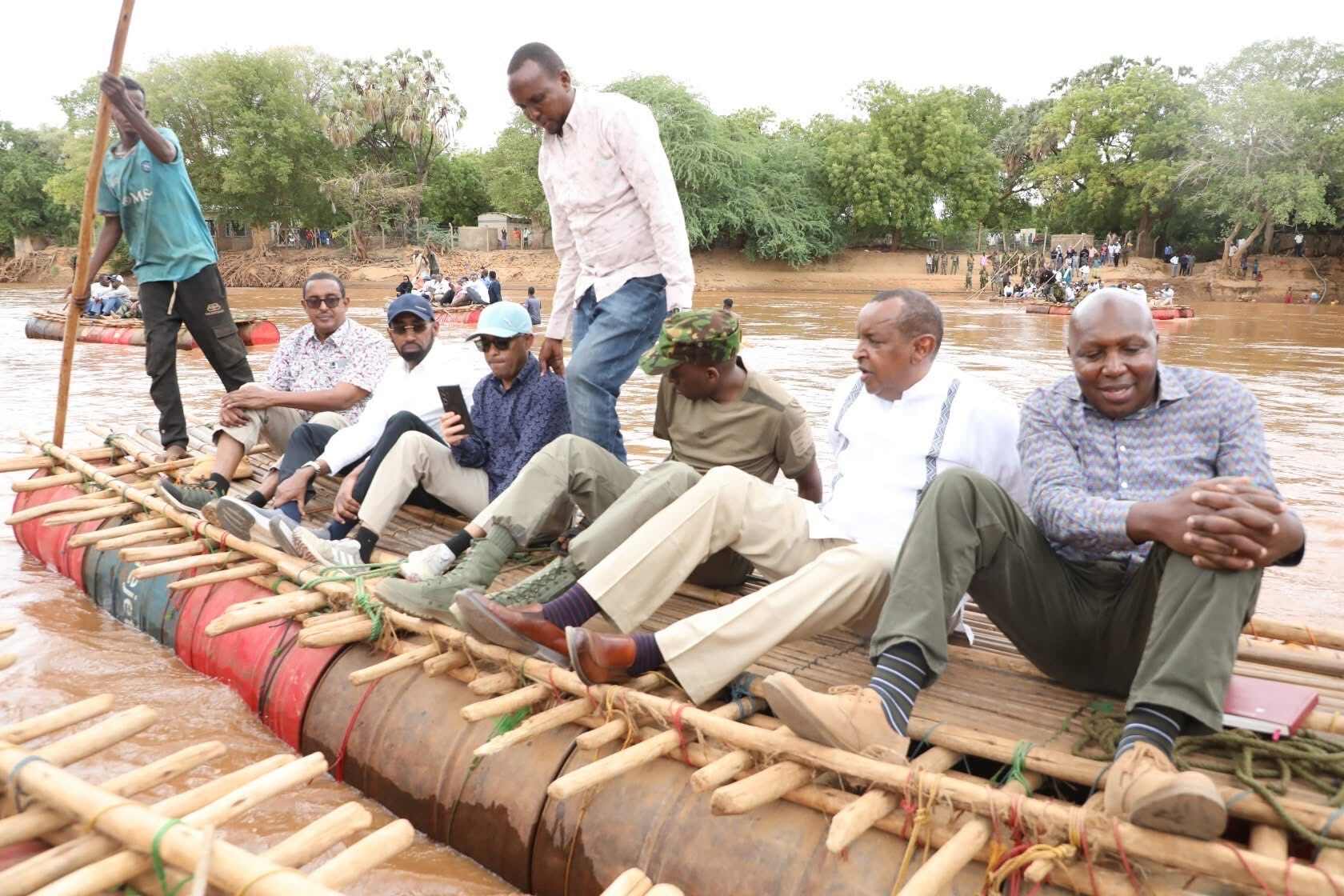 A section of the delegation crossing River Dawa. (Photo: Issa Hussein)
A section of the delegation crossing River Dawa. (Photo: Issa Hussein)
According to Salah Maalim Alio, the Mandera County Executive Committee Member-Lands, Housing, Physical Planning and Urban Development, the project is more than just infrastructure; it is trust, stability, and a shared future between Kenya and Ethiopia.
"The anticipated economic gains, coupled with regional peace dividends, could reshape the narrative of the Kenya-Ethiopia-Somalia tri-border zone from fragility to resilience," he noted.
Salah lauded the project's design with its post-tensioned box girder concrete superstructure and high flood resilience as reflecting engineering tailored to Mandera's unique terrain.
He said it is designed with three 14-meter-high spans, flood mitigation culverts, and asphalt-finished approach roads that give the project longevity and utility.
The county executive member observed that the traffic transition tunnel, which shifts traffic from Kenya's right-hand system to Ethiopia's left-hand flow, was a nod to regional integration.
Salah further lauded the project design to carry both light and heavy-duty vehicles over approximately 200-meter spans, overcoming decades of seasonal isolation caused by the volatile Dawa River.
He said that alongside the bridges, the one-stop border posts and fibre optic installations will drastically cut travel and trade time, enabling efficient cross-border processes, improving digital infrastructure, and creating jobs in one of the most remote corners of East Africa.
Top Stories Today
